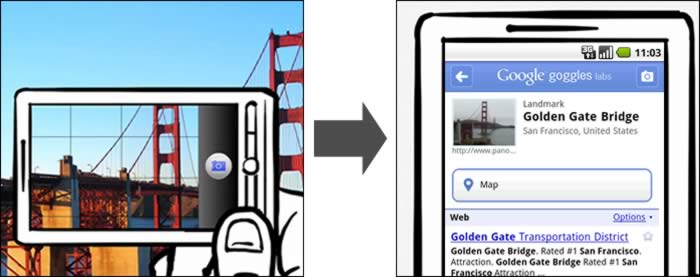A CMO walks into his/her weekly planning meeting. The first item on the agenda is the need to run a pipeline building campaign to meet the quarterly revenue projections. The CMO says “Why don’t we re-run the campaign we used to launch the product last year. We can use the original advertisements like the one hanging on the wall outside the boardroom.” Everyone looks at each other as they start to think to themselves “I know exactly what ad the CMO is referring to, but I’m not sure where to find the source files?”
How long would it take your marketing organization to find the artwork and source files for the ad hanging outside the boardroom? That depends. Who created it? An outside agency or your creative team? Is the designer that created it still with the company? If not, does anyone have access to his/her files?
In recent years have implemented Digital Asset Management (DAM) applications to better organize all their marketing materials. From high resolution images to HD videos, DAM solutions provide a single repository to house all your media. You can store multiple versions in multiple languages and even control which users have access and rights to each file.
While DAM is a much better alternative to storing media on shared network drives and using FTP, it still requires a high degree of discipline from end-users to maintain. Each image or video needs to be tagged with intuitive metadata to ensure that it is found quickly in a search. If the media isn’t tagged properly than it may not show up in search results.
Even if it is tagged properly users may still have challenges finding what they are looking for. A picture says 1000 words, but what are the two or three that best describe any particular image is somewhat subjective. The marketing manager searching for a particular image may not know how to describe it. And the image could then take 15-30 minutes or longer to locate.
Google Goggles App (Image Source: Google)
There has to be a more intuitive model for searching. If I am standing in New York City and I want to know about the building in front of me I no longer have to guess at its name. I simply pull out my Android phone, launch the Google Goggles application and point the camera at the building. Within a few seconds Google will identify the building with a fairly high level of accuracy.
Amazon Firefly Technology (Image Source: Amazon.com)
Suppose I am visiting my friend and he recommends a book that I should read. With Amazon’s new Firefly technology I no longer have to type the book or author name into my phone. I simply pull out my Amazon Fire phone, launch the product identification application and point the camera at the product. Amazon will not only identify the product but it will tell me if it is in stock and available for purchase.
Why isn’t the same type of image recognition and search available for marketing materials? You walk outside the boardroom, open up your mobile DAM application and then point the camera at the advertisement your CMO was referring to. A few seconds later an exact match (or several different formats/versions) of the ad are displayed on your phone. No more guessing about metadata tags. It would be like Google’s Goggles (or Amazon’s Firefly) for the Enterprise. The same image-recognition process could work for brochures, posters, signage or any other physical representation of the image.
Goggles for the Enterprise could work for digital copies of an image as well. Suppose you wanted to locate the source files for an image embedded in an email, website or PowerPoint presentation. You could simply take a screen shot of the image and upload it your DAM application. An edit mode would let you crop the section of the visual you are trying to match. A few seconds later it would identify the source files and their location.











